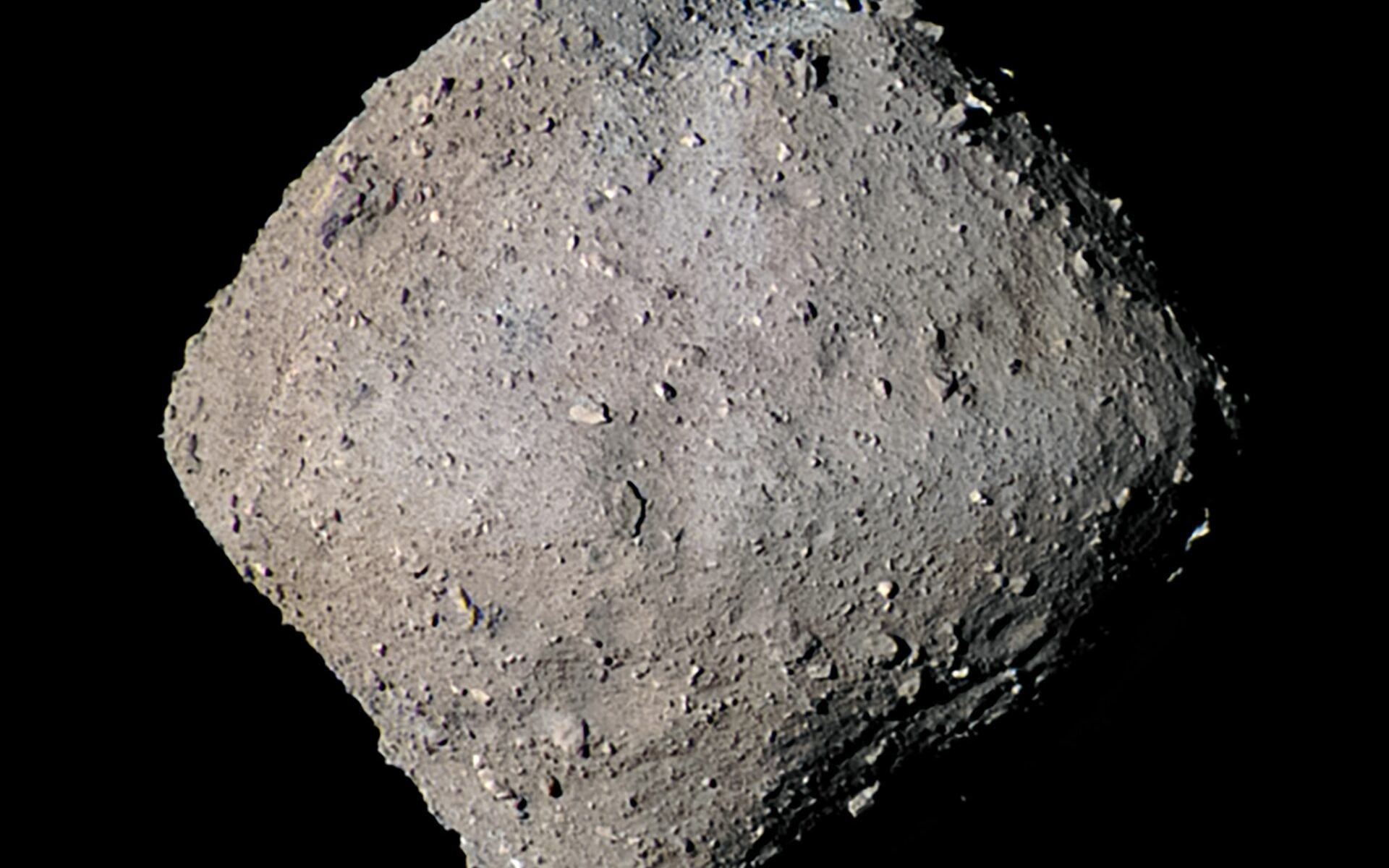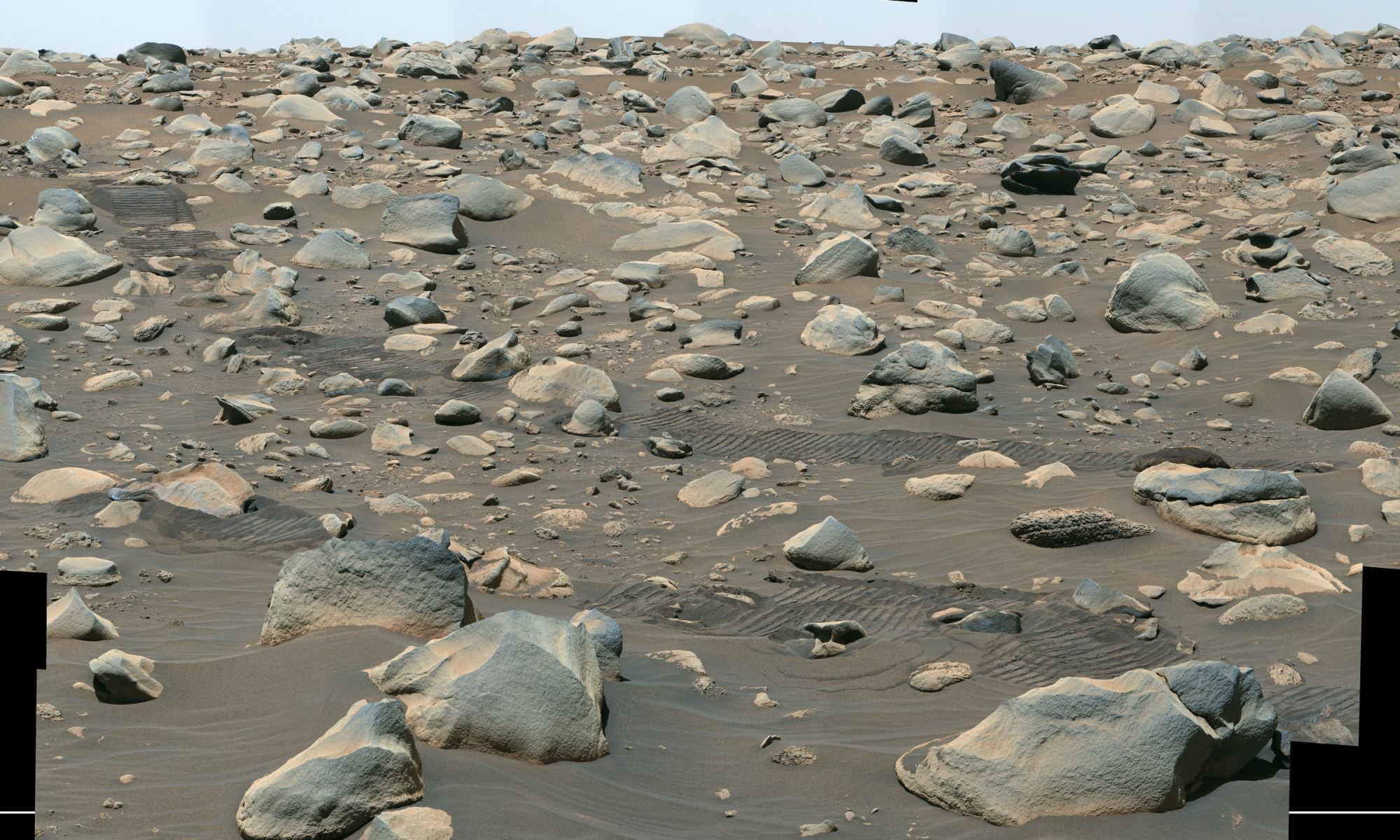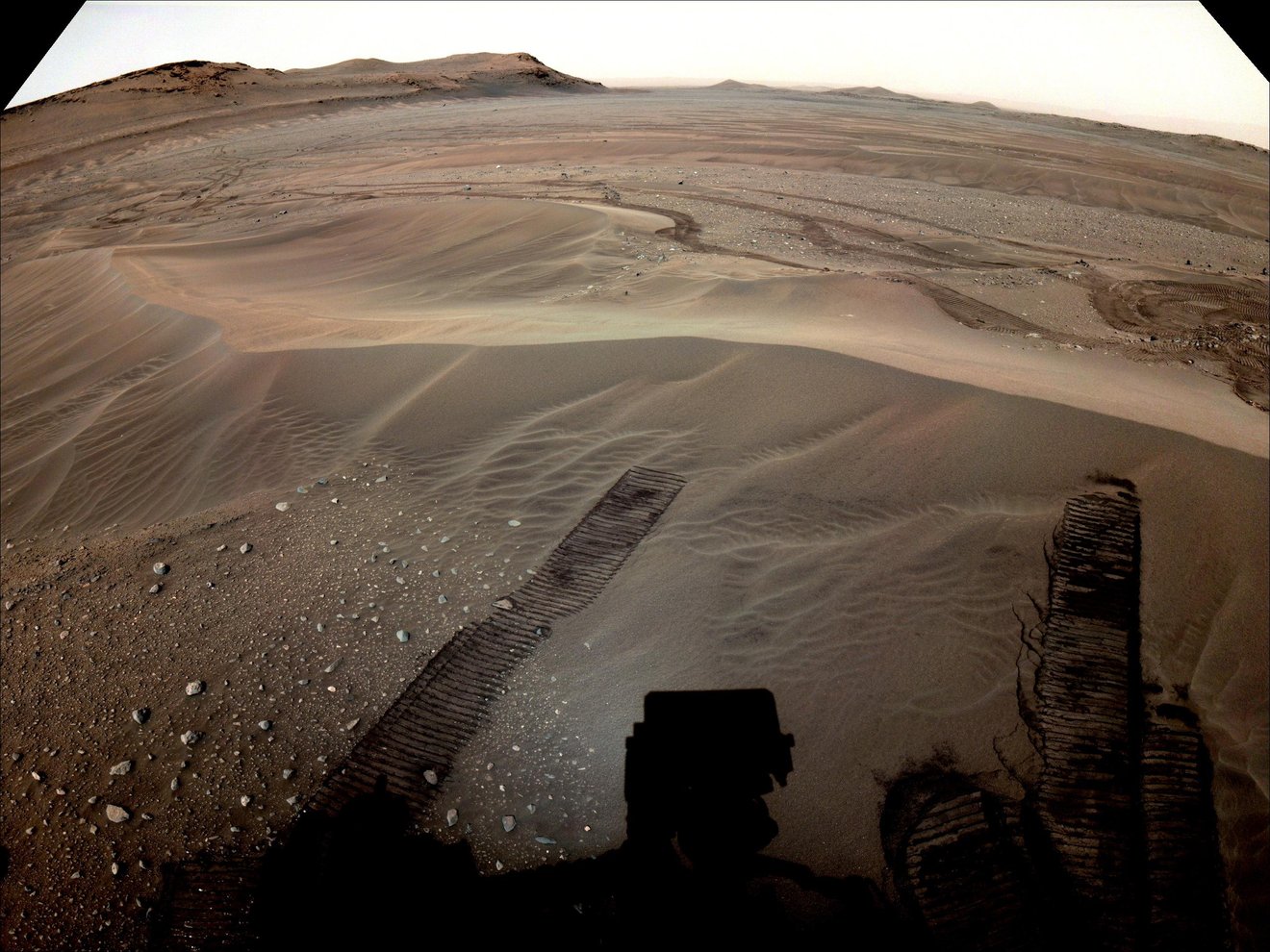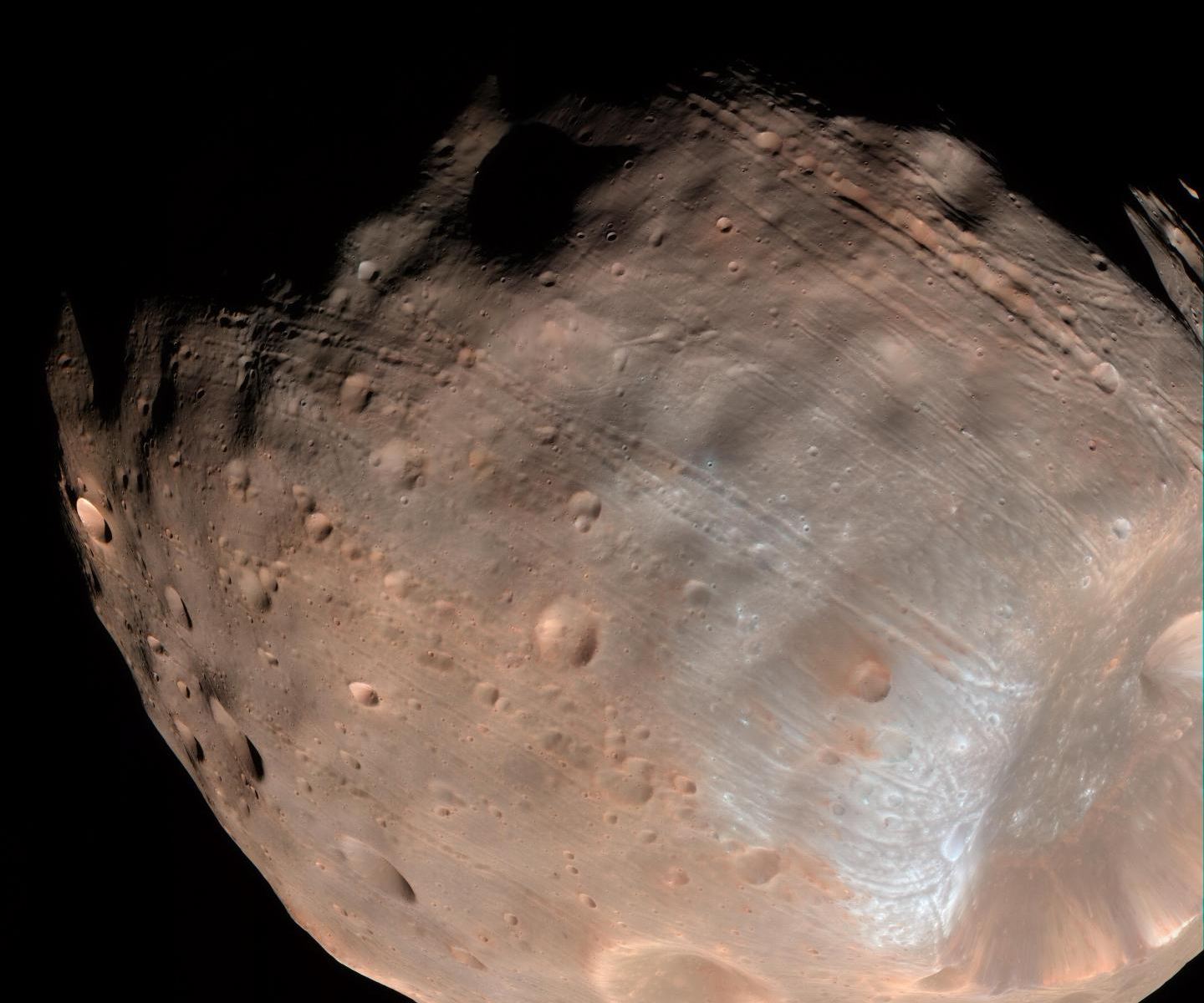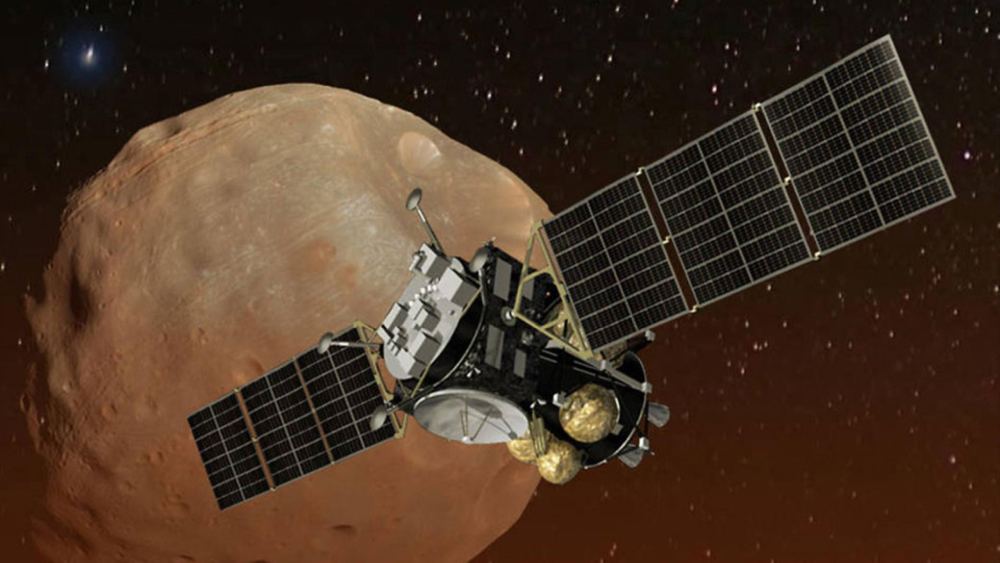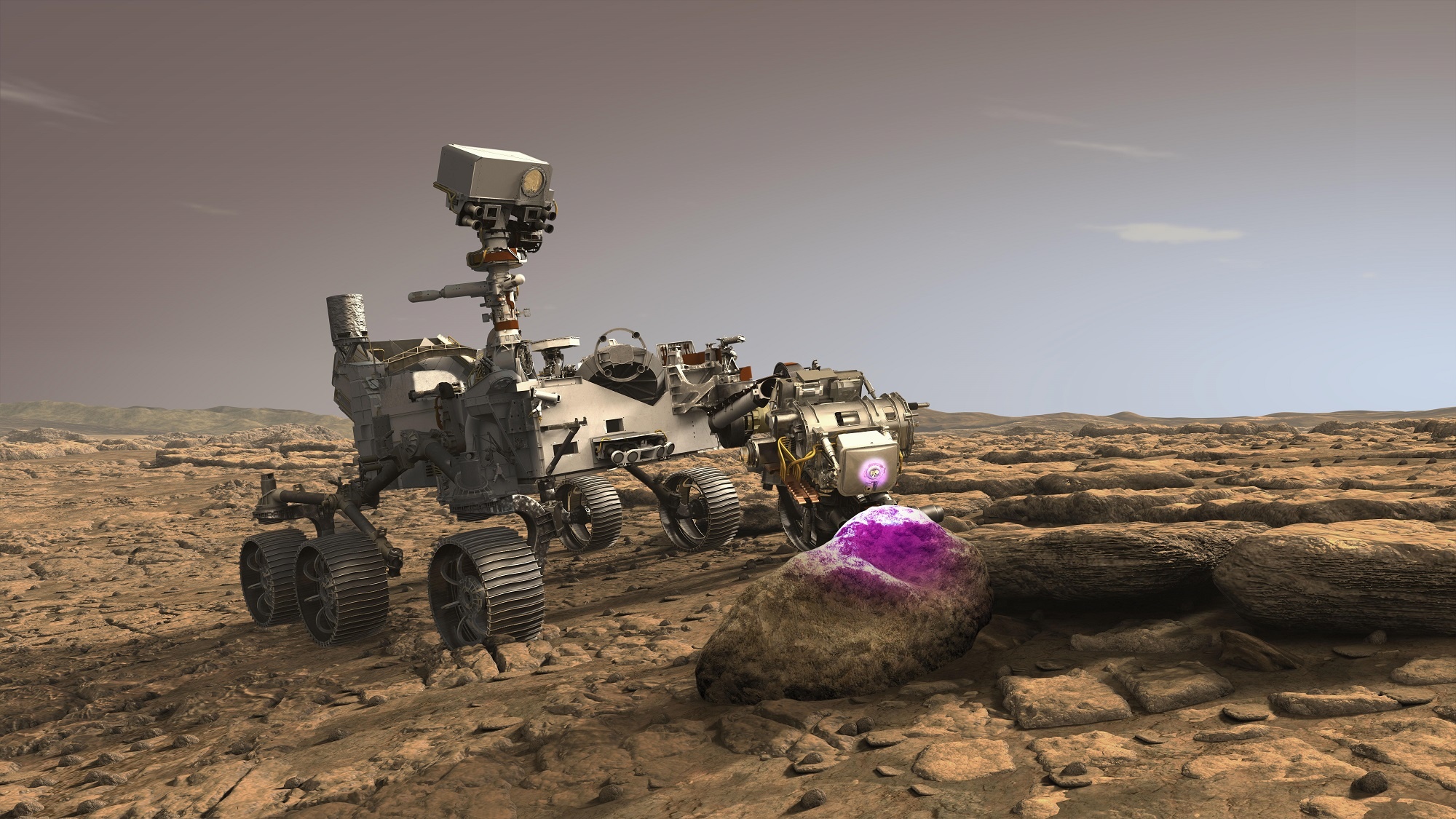Since the Viking 1 and 2 missions visited Mars in 1976, scientists have been confronted with mounting evidence that Mars once had flowing water on its surface. The images collected by the twin Viking landers and orbiters showed clear signs of ancient flow channels, alluvial deposits, and weathered rocks. Thanks to the dozens of additional orbiters, landers, and rovers sent that have been sent there since scientists have been getting a clearer picture of what Mars once looked like. At the end of this journey, they hope to find evidence (if there’s any to be found) that Mars once supported life and still does today.
The latest evidence of Mars’ warmer watery past comes to us courtesy of NASA’s Perseverance rover, which continues to explore the Jezero Crater and obtain samples for the first Mars sample-return mission. On Friday, June 23rd, the rover obtained its 20th sample, which was drilled from a rocky outcropping known as “Emerald Lake.” Named “Otis Peak,” this sample is part of an outcropping formed by mineral deposits transported by an ancient river and could contain invaluable geological information about the many places these minerals came from.
Continue reading “This Mess of Boulders Was Deposited by an Ancient River on Mars”

